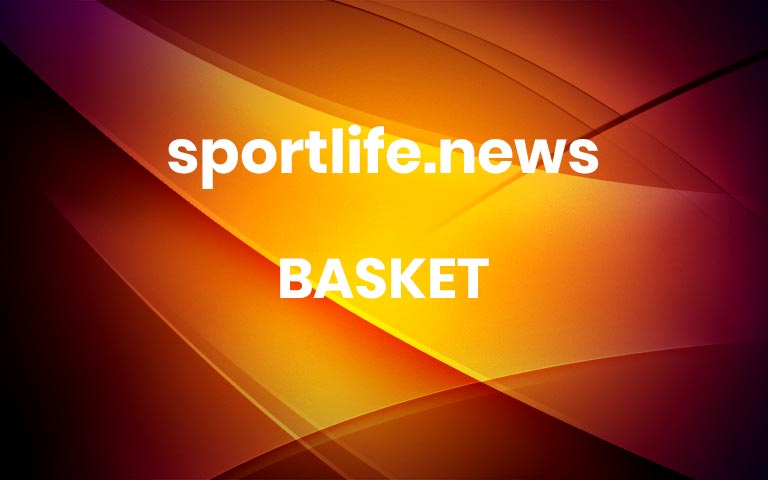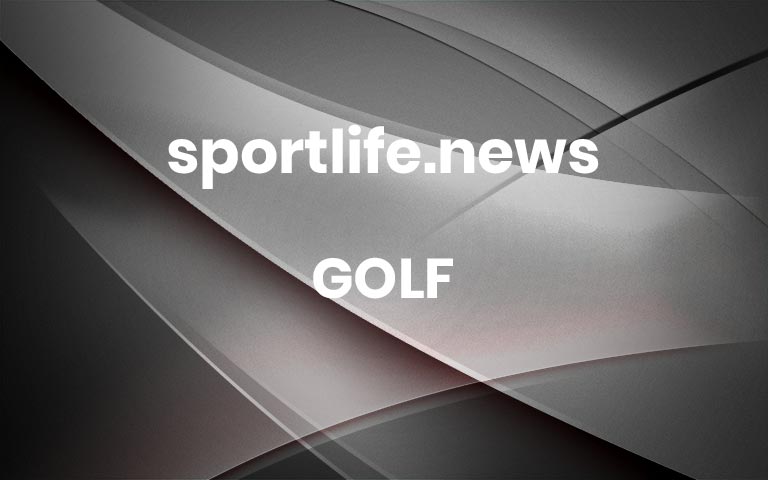Fans may have heard of Chet Holmgren and Shaedon Sharpe, but others are ready for their shot: “I knew if I got good enough, the N.B.A. would find me,” one said.When the Orlando Magic hand their draft card to N.B.A. Commissioner Adam Silver, on Thursday night at Barclays Center, they’ll settle a debate that has raged in draft circles for the better part of a year: Who should be the No. 1 pick?The front-runner is Gonzaga’s Chet Holmgren, a rail-thin but nail-tough seven-footer who can shoot, dribble, pass and defend with aplomb. But there are equally strong cases to be made for the Auburn big man Jabari Smith, who spent this past season sinking seemingly impossible shots, and for Duke’s Paolo Banchero, a creative shotmaker who is as polished in the paint as he is on the perimeter.“All three guys are incredibly talented,” said Jonathan Givony, founder of the scouting service DraftExpress an N.B.A. draft analyst at ESPN. “This draft has really great players at the top and really good depth, too.”Here are five more prospects to know.Nikola Jovic doesn’t mind being compared to Nikola Jokic. After all, Jokic is a two-time most valuable player, he said.Darko Vojinovic/Associated PressNikola Jovic6-foot-11, 223 pounds, forward, Mega Mozzart (Serbia)People ask Nikola Jovic about Nikola Jokic all the time. And it makes sense. Jovic and the Denver Nuggets star have quite a bit in common: They’re both Serbian big men who played for the same club, Mega Mozzart, and only a single letter separates their last names. But the comparison doesn’t bother Jovic, who is expected to be the first international player taken on Thursday.“People bring that up all the time,” he said. “I’m really cool with that. I think it’s pretty funny also because the chances of something like that happening are really low. At the same time, I feel good because people are comparing me to a two-time league M.V.P.”As a boy, Jovic wanted to be a professional water polo player. He spent his summers with his mother in Montenegro and loved swimming in the Adriatic Sea. When he was 13, his father introduced him to basketball. What started as a backyard hobby soon became an obsession and a profession. “I was getting bigger and bigger,” Jovic said, “and it was pretty easy to see that basketball would be a better choice than water polo.”Although many N.B.A. teams track European stars from their early teenage years, Jovic didn’t become a big name on draft boards until he broke out at the Adidas Next Generation Tournament in Belgrade in March 2021. Offensively, he could develop into a floor-spacing 4 who can shoot 3s, lead fast breaks and make smart passes. He said he is willing to remain in Europe after being drafted, but he hopes to land with a team that wants him to play right away.“Even if I need to play in the G League, that’s cool,” he said, referring to the N.B.A.’s developmental league. “But right now, I think the perfect fit for me is the N.B.A.”Dominick Barlow has gone from overlooked three-star prospect to a potential first-round pick.Kyle Hess/Overtime Elite, via Associated PressDominick Barlow6-foot-9, 221 pounds, forward, Overtime EliteWhen N.B.A. evaluators visited Overtime Elite this year, it was with an eye toward the future. The start-up league has potential top-10 players in the 2023 and 2024 drafts. But one player from the 2022 draft class took advantage of all that extra scouting attention and has worked his way from being an unheralded 3-star high school prospect to a potential first-round draft pick: Dominick Barlow.“The fact that this was OTE’s first year intrigued scouts,” Barlow, 19, said. “And once the scouts were in the building, they were able to see what I could do.”Barlow played for Dumont High School, a small public high school in Dumont, N.J. He didn’t land with a powerhouse Amateur Athletic Union program until the summer before his senior year, when a coach for the New York Renaissance spotted him playing at a public park. He surprised most basketball insiders in September when he left a prep program and declined several high-major offers to sign with Overtime Elite. It offers a six-figure salary to boys’ and men’s basketball players who are at least in their junior year of high school.Barlow hopes his story inspires other overlooked players to keep working. “I came in as a 3-star kid, and I’m leaving as an N.B.A. draft pick. Some 5-star kids struggle with getting to the N.B.A. one year after high school,” he said.Keegan Murray, who played for Iowa, was described as the “most productive player in college basketball this year.”Frank Franklin Ii/Associated PressKeegan Murray6-foot-8, 225 pounds, forward, IowaWhen Keegan and Kris Murray were going through the recruiting process for college basketball, the twin brothers told every coach that they weren’t a package deal. Their father, Kenyon, had played college basketball at Iowa in the early 1990s, and he encouraged them to each find their own path.Their father’s faith and knowledge helped the brothers remain buoyant even when they ended their high school careers with just one scholarship offer, to Western Illinois, a Summit League school that has never been to the Division I N.C.A.A. tournament.“Having a D-I player be your coach and teach you everything and guide you through the recruiting process is really helpful,” Keegan, 21, said of his father, who was an assistant on his high school team in Iowa. “He told us we were going to be pros, and we believed him.”After declining the Western Illinois offer and decamping to Florida for a year at a prep school, Keegan and Kris signed with their father’s alma mater, Iowa. Keegan showed remarkable efficiency as a freshman and started garnering N.B.A. draft buzz, but he wasn’t considered a top-flight talent until this past season. As a sophomore, Murray was the top scorer among Power 5 conference players, he had the second most rebounds in the Big Ten, and he shot 55.4 percent from the field and a solid 39.8 percent from 3.“He was the most productive player in college basketball this year,” Givony said, adding that he was good in transition and on defense. “Everybody’s looking for a player like him.”Keegan is projected to be a top-five pick, while Kris has decided to return to Iowa for another season. “Thinking about where I was three years ago and where I am today is surreal,” Keegan said. “I didn’t always know where or when all this hard work would pay off, but I knew it would pay off eventually.”Ryan Rollins, in blue, who played for the University of Toledo, is looking to follow the path of other mid-major players, like Ja Morant, to the N.B.A.Al Goldis/Associated PressRyan Rollins6-foot-3, 179 pounds, guard, ToledoRyan Rollins has heard people say that he should have returned to the University of Toledo for his junior season. With another year of experience, he would project as a likely first-round pick in 2023. But Rollins rejects that idea. He doesn’t see any reason to wait.“I feel like I’m one of the better players in the draft,” Rollins said. “If I don’t get picked first round, that’s fine. In the long run, I’m going to be very good for a very long time in this league. Whenever and wherever I end up going, I’ll be proud to be there.”A Detroit native, Rollins played for a prominent A.A.U. program, the Family. But the stacked roster, combined with some nagging injuries and his decision to commit to college early, kept him under the recruiting radar. “I always had the mind-set that I was where I was for a reason,” he said. “I kept working, kept trying to perfect my craft. I didn’t worry about the politics of basketball. I knew if I got good enough, the N.B.A. would find me.”Over two seasons at Toledo, he emerged as a mid-major showstopper, with a smooth handle, fluid footwork and a deadly midrange game. Now he’s likely to be a second-round pick with the potential to sneak into the first round. But he’s more worried about what he does when he arrives in the N.B.A. He hopes he can be the next mid-major player to become a superstar.He’s inspired by former mid-major players who are in the N.B.A., such as Ja Morant (Murray State), Damian Lillard (Weber State) and CJ McCollum (Lehigh University).“They went to small schools but have been able to make names for themselves,” Rollins said. “I feel like I’m next.”Shaedon Sharpe is expected to be a top-10 pick, even though he hasn’t played competitively in almost a year.Todd Kirkland/Getty ImagesShaedon Sharpe6-foot-5, 198 pounds, guard, KentuckyThere is no player more mysterious in the 2022 draft than Shaedon Sharpe. Although he’s listed as a Kentucky prospect, Sharpe never suited up for the Wildcats. In fact, he hasn’t played in a competitive basketball game in almost a year.The Ontario, Canada, native moved to Kansas to play for Sunrise Christian Academy in his sophomore year of high school, then transferred to Arizona’s Dream City Christian in 2020 for his junior season, when he was unranked in the class of 2022. Then a dominant performance with the UPlay Canada team in the Nike Elite Youth Basketball League last summer made everyone take notice. The tournament is often a proving ground for future N.B.A. stars, and Sharpe averaged 22.6 points, 5.8 rebounds and 2.7 assists in 28.3 minutes per game over 12 games.Sharpe graduated from high school a year early and enrolled at Kentucky this spring. Although there were rumors that he would join the team on the court, or return for the 2022-23 season, he has instead entered the N.B.A. draft. And there’s good reason: He will almost certainly be taken in the top 10.“In terms of physical ability and sheer talent, it’s all there,” Givony said. “He’s a dynamic shot maker, an aggressive defender, a smart passer.”N.B.A. teams haven’t been able to see much from him, but his 6-foot-11 wingspan, explosive athleticism and polished shooting stroke could have most N.B.A. teams outside of the top five ready to take the risk. More



